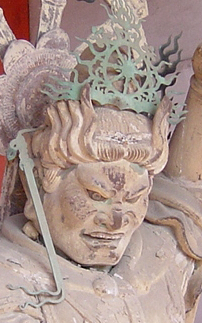 Illusion news 8
Illusion news 8 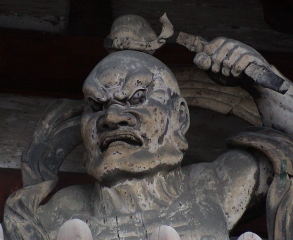
 Illusion news 8
Illusion news 8 
since November 5, 2007
<Pictures: guardian statues in the Ninna-ji temple>
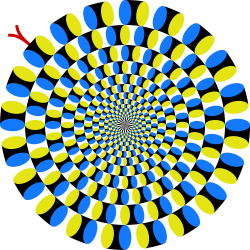
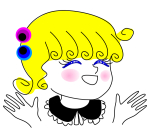
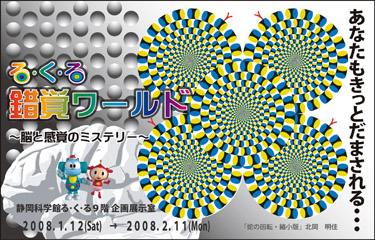
The relationship between the "Rotating snakes" illusion and age has been examined several times. Here are additional data from participants of my talk (in Japanese) in the Shizuoka Science Museum "Ru-ku-ru". The items for answer were "Rotating snakes appear to move well" (score 3), "Rotating snakes appear to move" (score 2), "Rotating snakes appear to move slightly" (score 1), and "Rotating snakes do not appear to move at all" (score 0). As a result, young people tend to see this illusory rotation strongly. <February 11, 2008>
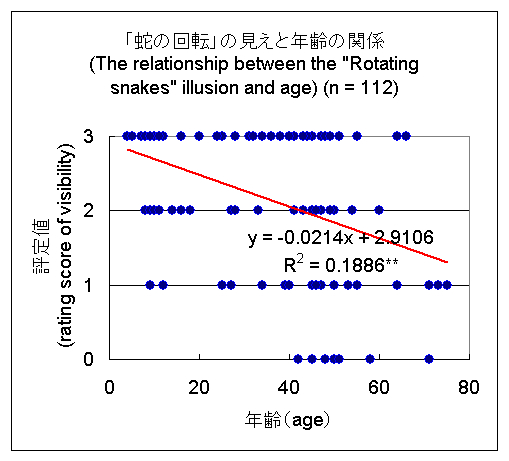
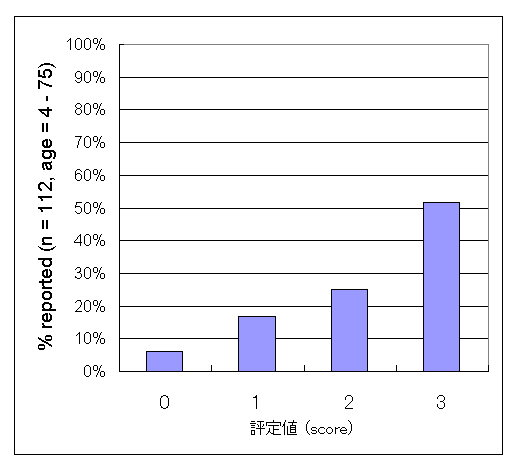
Data from participants of the Shizuoka Science Museum "Ru-ku-ru"
(February 10, 2008). For scores, see text.
The graph shown below displays the combined data that have been collected
so far. A strong negative correlation (r = -.44) was found between the
Rotating Snakes illusion and age! This does not necessarily mean that the
older the observer is, the less visible the illusion. This indicates that
some unknown characteristics of this illusion are related to age while
this illusion is not related to aging.
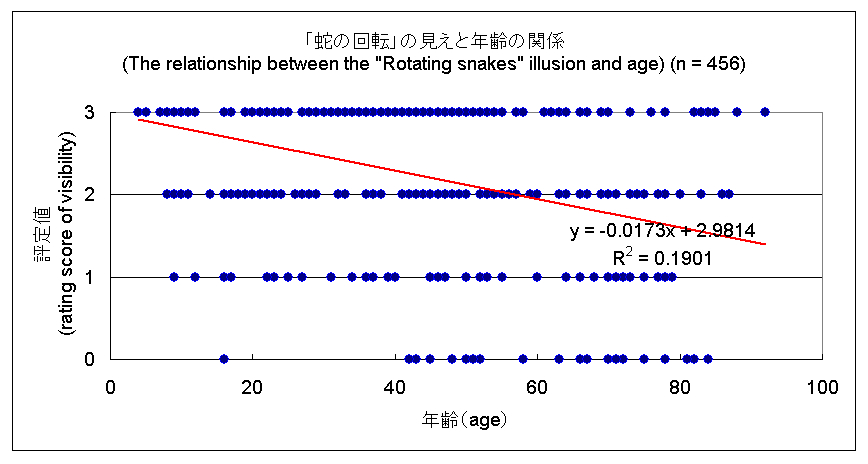
For those who do not see the "Rotating snakes" illusion, please do not worry because "no illusion" does not mean anything. It is only one of the individual differences. Please enjoy other illusions!
The relationship between the "Rotating snakes" illusion and age has been examined several times. Here are additional data from participants of a forum of mathematics held in the University of Tokyo (my talk). The items for answer were "Rotating snakes appear to move well" (score 3), "Rotating snakes appear to move" (score 2), "Rotating snakes appear to move slightly" (score 1), and "Rotating snakes do not appear to move at all" (score 0). As a result, young people tend to see this illusory rotation strongly. <February 4, 2008>
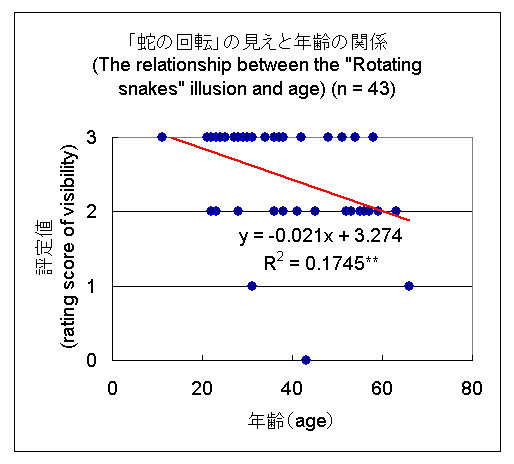
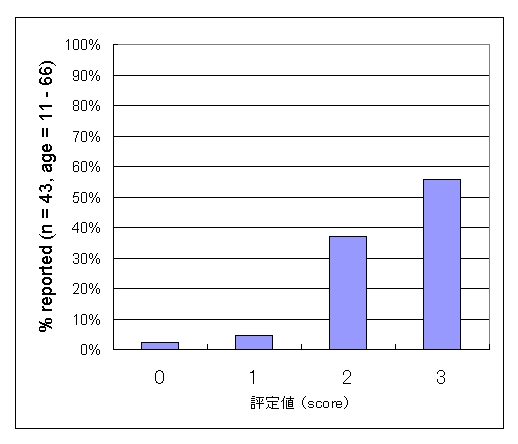
Data from participants of a mathematics forum in the University of Tokyo
(February 2, 2008). For scores, see text.
The graph shown below displays the combined data that have been collected
so far. A strong negative correlation (r = -.46) was found between the
Rotating Snakes illusion and age! This does not necessarily mean that the
older the observer is, the less visible the illusion.
This indicates that some unknown characteristics of this illusion are related
to age while this illusion is not related to aging.
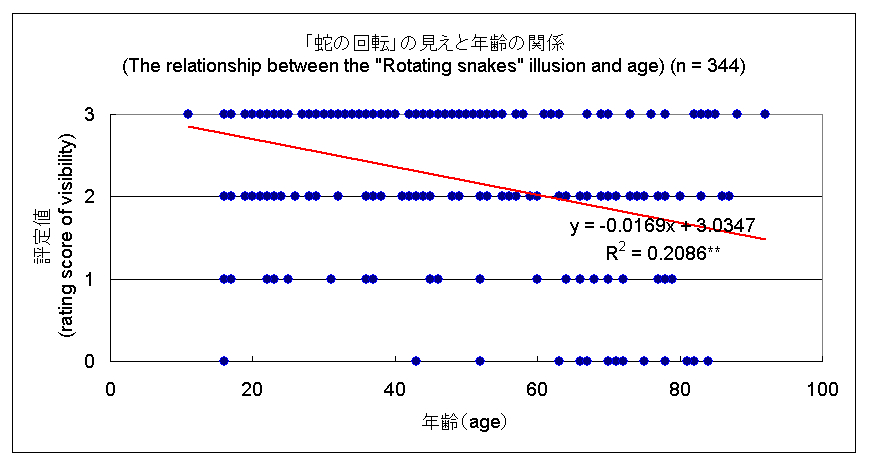
For those who do not see the "Rotating snakes" illusion, please do not worry because "no illusion" does not mean anything. It is only one of the individual differences. Please enjoy other illusions!
Training in the graduate program of Ben's University (SUNY) is open. <January 30, 2008>

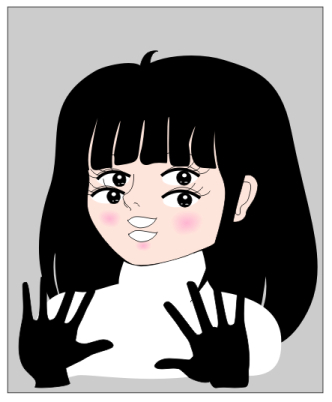
One of my students reported that he had come across a web site that exhibits a number of pictures of the "knocked-face"
illusion as examples of "double vision". Double vision or diplopia is a disease that patients see a single thing double.
However, I believe that this illusion should not be called "double
vision" because visual illusion is not a disease. It would be OK if
this illusion was called "the illusion of double vision" for
example. This illusion is a new type of anomalous motion illusions such
as the Ouchi illusion and "Rotating snakes".
Anyway, I will keep searching who first discovered this illusion. If you
know, please let me know! <January 12, 2008>
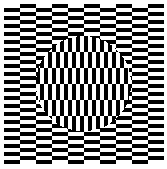 Ouchi illusion
Ouchi illusion
 Rotating snakes (part)
Rotating snakes (part)
A new illusion has been proposed. <January 11, 2008>
 Mimas-and-the-F-ring illusion (Lakdawalla, 2008)
Mimas-and-the-F-ring illusion (Lakdawalla, 2008)
Thanks to Hershel
A large bitmap (6400 x 2436 pixel) of "Pictorial explanation of the Silhouette illusion" is available from Visiome for educational, research or personal use. <December 24, 2007>
"Pictorial explanation of the Silhouette illusion"
See the images.
![]()
Copyright Akiyoshi Kitaoka 2007 (December 23)
Reference
Moving reversible figure (lady's
figure appears to rotate clockwise or counterclockwise) created by Nobuyuki Kayahara, Hiroshima, Japan
(c) Nobuyuki Kayahara 2003
A reprint of an illusion book has been decided! <November 15, 2007>
Newton Press (Ed.), A. Kitaoka (Supervisor) (2007) Newton magazine book: Special issue "How is the brain deceived? Perfect demonstration of visual illusions" Tokyo: Newton Press.
The 2008's winter meeting (Akiyoshi Kitaoka, the chair) of the Vision Society of Japan will be held in Tokyo from 23rd January to 25th January.
Registration (in Japanese)
<November 5, 2007>
Illusion news 7 (September 2007 - October 2007)
Illusion news 6 (June 2007 - September 2007)
Illusion news 5 (January 2007 - May 2007)
Illusion news 4 (January 2006 - December 2006)
Illusion news 3 (January 2006 - May 2006)
Illusion news 2 (April 2005 - December 2005)
Illusion news 1 (2002 - March 2005)